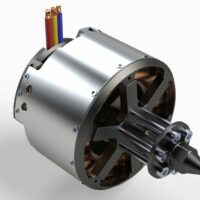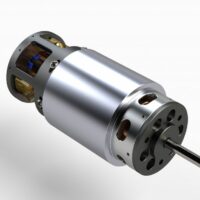Products (5)
Related Articles
New Long-Range Patrol Ship Equipped with Integrated Propulsion & Maneuvering System
Austal USA are set to use Kongsberg Maritime’s Promas propulsion system to outfit the newest ship in the U.S. Coast Guard’s Offshore Patrol Cutter (OPC) Heritage Class program with optimized hydrodynamic properties
April 16, 2024
New DARPA Program Seeks Fundamental Technology for Quiet Undersea Propulsion
The Principles of Undersea Magnetohydrodynamic Pumps (PUMP) program will assemble and validate multi-physics modeling and simulation tools including hydrodynamics, electrochemistry, and magnetics for scaling MHD designs
May 24, 2023
Kongsberg Propulsion Solution Selected for New Italian Navy Submarine Rescue Ship
Kongsberg is supplying a pair of its Elegance propulsion pods as well as three tunnel thrusters, Mcon propulsion control system, DP3 (Dynamic Positioning) system, and single and multibeam echo sounders
February 20, 2023
















